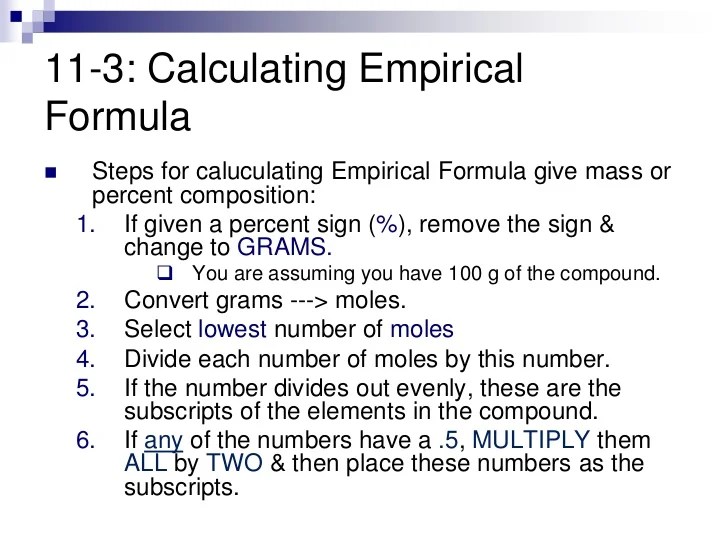Featured
- Get link
- X
- Other Apps
Empirical Formula Calculator Statistics
Empirical Formula Calculator Statistics. Calculating the empirical formula for chemical compounds involves multiple steps. Financial analysts and planners use the empirical probability formula and the empirical analysis data:

Variance in statistics is a measure of dispersion of data points from the mean. How to calculate the empirical formula from element proportions. This empirical rule calculator can help you determine if a given data set follows a normal distribution by checking if 68% of data falls within first standard deviation (σ), 95% within first 2.
Financial Analysts And Planners Use The Empirical Probability Formula And The Empirical Analysis Data:
For a data set 1, 5,. Calculating the empirical formula for chemical compounds involves multiple steps. The empirical probability of getting a head is 100%.
Both The Empirical Formula And The.
Therefore, the empirical probability is 0.66. The empirical rule states that 68% of the observations will lie within 1 standard deviation from the mean. The molecular formula describes the exact number and type of atoms in a single molecule of a compound.
This Empirical Rule Calculator Can Help You Determine If A Given Data Set Follows A Normal Distribution By Checking If 68% Of Data Falls Within First Standard Deviation (Σ), 95% Within First 2.
A compound contains 88.79% oxygen (o) and 11.19% hydrogen (h). Well, give a read to this article to know the empirical rule definition, the formula for the empirical rule, and. The procedure to use the empirical calculator is as follows:
Molecular Formulas And Empirical Formulas.
Variance is calculated as the sum of squared deviations of each data point from the mean,. The empirical rule statistics calculator uses 68 95 99 rule statistics as its foundation. In a buffet, 95 out of 100 people chose to order coffee over tea.
Empirical Probability = 3 / 3 = 100%.
Any compound’s chemical formula can be defined using one of two types of formulas: The empirical rule statistics calculator works on the basis of 68 95 99 rule statistics. In the equation above, i is the index that refers to the location of a value in a set, x i is an individual value, and n is the total number of values.
Comments
Post a Comment